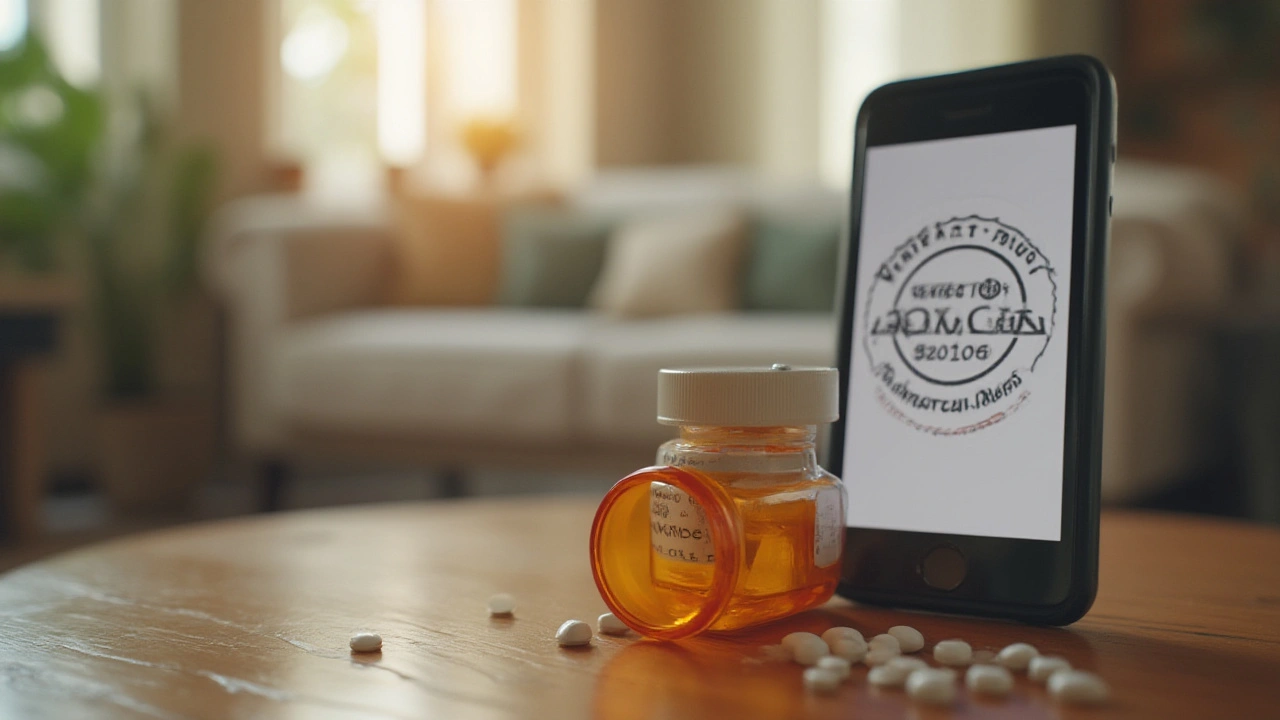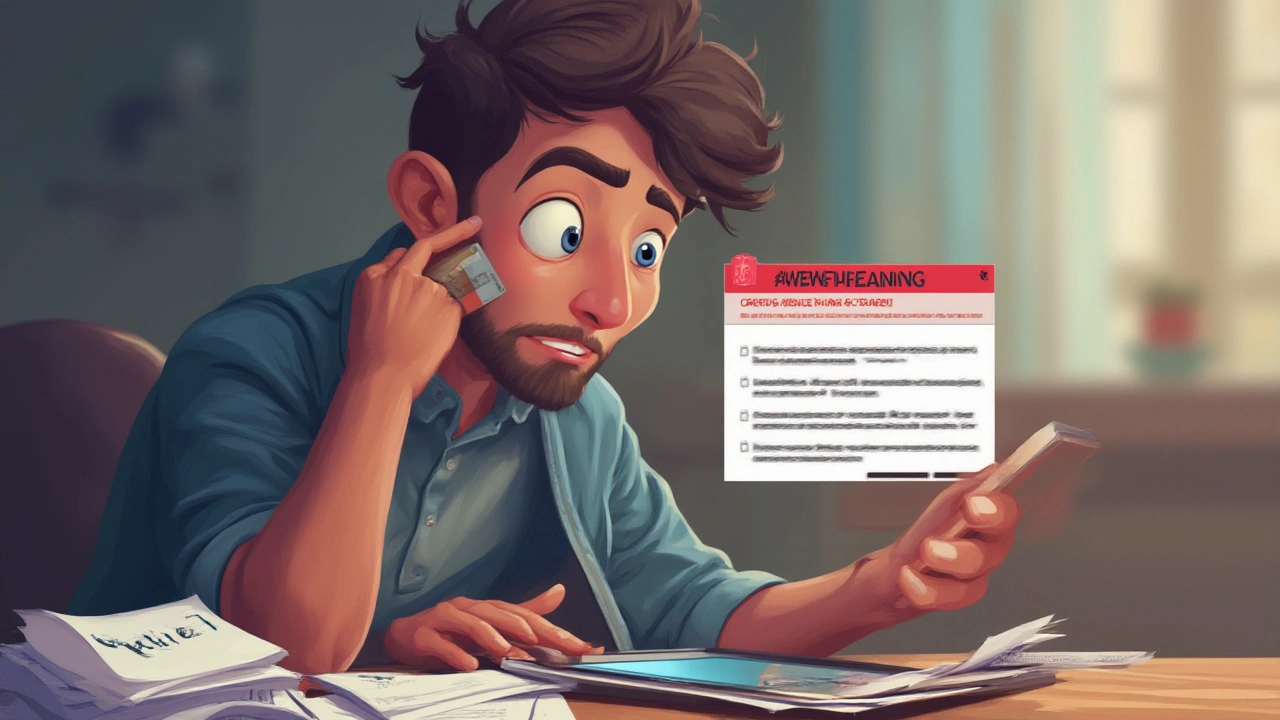A friend once joked that headaches and being a parent go hand-in-hand. There’s truth in that, but when you feel one coming on, sometimes you just want reliable relief—fast. That’s where Anacin comes in. Simple, right? Well, buying it online isn’t always as straightforward as it seems. The world of online pharmacies looks easy, but hidden risks, fake pills, and shifty sellers can land you in a world of trouble. Wouldn’t it be nice to know exactly what you’re doing before you hit that “buy now” button?
What is Anacin and Why Do People Buy It Online?
Anacin isn’t mysterious or trendy. It’s been around more than 100 years—an old-school name that packs aspirin and caffeine together for fast-acting relief. People trust it because it works on simple headaches, minor aches, and you don’t have to fuss with complicated directions. But not every pharmacy keeps it on hand anymore, so folks look online, hoping for availability and maybe a lower price. My sister, after striking out at three local stores, finally just turned to her phone like everyone under forty seems to.
The main hook with buying Anacin online is convenience. No driving, no awkward pharmacist small talk. You can compare prices, scan reviews, and sometimes catch really good deals. Some people living in rural or remote areas don’t even have a choice—online or nothing. And let’s be honest, nobody misses standing in line when they’re nursing a pounding headache. But easier access comes with a price: it’s a playground for fakes and scammers. There are studies showing the number of fake or substandard drugs online jumped above 20% across global unlicensed websites. That’s a scary number if you picture the risks involved. A 2019 World Health Organization report even called out online pharmacies for selling counterfeit or contaminated painkillers, which can be straight-up dangerous.
So, the smart play? Learn the safe routes, the red flags, and which sites are actually reliable before you order anything for your medicine cabinet.
Finding Legitimate Online Pharmacies
If you only take away one thing, let it be this: not every ‘pharmacy’ out there deserves your trust. Real online pharmacies will always demand legit prescriptions for prescription drugs—luckily Anacin is over-the-counter, but the rule still helps spot fakes. They also clearly list their physical address, phone number, privacy policies, and display their licenses somehow. Some even have official seals like the NABP VIPPS or the PharmacyChecker approval badge, which aren’t just stickers—they actually check the safety and licensure of stores. Look those up if you want the gold standard.
Another solid trick is to avoid sites offering ‘prescription-free Anacin’ with crazy low prices, miracle health claims, or worldwide shipping with zero questions. If it sounds too easy, it is. Experts at the FDA warn that roughly 97% of illegal online pharmacies break at least one pharmacy law, so do your homework. Stick with pharmacies registered in your country—pharmacies outside the US aren’t held to the same safety rules, and importing drugs is mostly a legal gray area. Most nations have their own online pharmacy verification lists; in the United States, you can check on the National Association of Boards of Pharmacy website. Canada and the UK have their own as well.
- Check for secure connections (look for “https://” and a lock symbol in your browser).
- Read recent customer reviews on sites like Trustpilot or Google.
- Google the pharmacy’s name plus “scam” or “complaints” for any obvious horror stories.
- Premium pharmacies will answer your questions—you can call or email, and they respond clearly without weird, canned answers.
Paying attention to these little details takes an extra five minutes, but it’s worth five hours of regret from fake pills that do nothing or worse. Here’s a quick comparison table that helps highlight some differences you might spot between legit and sketchy online pharmacies:
| Legitimate Online Pharmacy | Questionable Site |
|---|---|
| NABP/VIPPS seal, licensed address shown | No licensing info or fake-looking logos |
| Clear policies, refunds, real phone number | No refunds, sketchy or no contact info |
| Requires age info, maybe prescription | Ships without any checks, too-good-to-be-true pricing |
| Positive, varied recent reviews | Repeats of same reviews or none at all |

How to Place an Order: Easy Steps and What to Watch For
Order flow usually feels like buying a book or a pair of socks. But when you’re dealing with *medicine*, small differences can matter a lot. Here’s how I do it, step by step. Maybe you find your process, or maybe mine helps you dodge a headache or two—literally or figuratively:
- Pick the pharmacy website after doing your research. Don’t rush here.
- Search for “buy Anacin online” or type it into their search bar. Double-check the dosage and tablet count.
- Add it to your cart. If you see weird ads for “Anacin Extra Strength Injection” or bizarre combos, back out—stick to familiar brands and tablet forms.
- Start the checkout process. Any legitimate pharmacy will ask for basic medical questions, allergy checks, age verification, and a shipping address.
- Review the shipping rates. Many reputable sites show a delivery estimate, and they don't promise 'instant' shipping. If it seems too fast for comfort, be suspicious—meds can’t legally teleport overnight from other countries.
- Use safe payment methods: credit cards or PayPal, never wire transfers. Banks can dispute shady charges, wires can’t.
Before you actually buy, scan your order confirmation page for: correct quantity, dosage, brand name, price, and shipping info. Take a screenshot—just in case. Once your Anacin arrives, check for the expiration date, factory packaging (no strange labels, printed in English), and intact tamper seals. And if it smells funky, it’s better to be paranoid than reckless—contact the seller and, if you’re really worried, reach out to the FDA with the lot number. There are rare recalls, so it’s worth checking online for any alerts linked to your batch number.
Here’s an extra tip: some pharmacies run surprise auto-refill schemes. Keep a close watch on the fine print and uncheck any boxes for “convenient monthly subscription” unless you’re sure you want it. One month, I started getting vitamins I never ordered, and canceling was a pain.
Understanding Price Differences and Discounts
One huge appeal of shopping for Anacin online? Discounts. You’ll find everything from “first order” coupons to bundle deals, but price gaps can also signal quality differences. The regular price for a 100-tablet bottle floats between $7 and $13, depending on where you shop. If you spot it for $2 and the seller throws in “free samples,” slow down. Genuine sellers still need to make a profit—prices way below normal are a red flag. Use price-comparison engines, but remember that the lowest price *shouldn’t* always win.
Looking for deals? Check if the site has reward programs or bulk discounts, or if they price-match other big pharmacies. Some retailers even offer regular coupons if you sign up for their email lists. I save five bucks every few months just by using these codes, not a bad deal if you’re stocking up on home basics. But steer clear of “exotic” listings that use strange wording or claim “new Anacin formula never before seen,” which is sometimes code for knockoffs or imports not approved for your country’s market.
Also, keep in mind that counterfeit pills aren’t just dangerous—they might look almost identical to the real thing. In recent exercises by the FDA and Interpol, even experts had trouble telling them apart without lab tests. The only way to really avoid those traps is sticking with trustworthy pharmacies that get their stock directly from reliable manufacturers or wholesalers.

Best Practices for Safe, Repeat Purchases
If you find a reputable source, you want to stick with them. But don’t get lazy—even sites with good reputations can slip or get hacked. After you’ve made a few safe orders, keep monitoring the site’s quality. Watch for sudden changes in prices, policies, or packaging, and always check emails from your pharmacy for product recalls or privacy notices. Use strong passwords on your accounts, and never reuse passwords from less secure sites.
Some parents I know keep a simple record—a small notebook or even an app—of which site they bought from, what batch/lot numbers they received, and when the products arrived. It’s a pain to start, but it comes in handy if you ever need to show proof of purchase or report an issue. You also stay ahead of expiration dates, which creep up way faster than you’d think in the back of the medicine drawer.
Another thing: shipping mistakes happen. If your package looks tampered with, or isn’t what you ordered, don’t just accept it. Contact customer service, don’t use the product, and ask for a replacement or refund. Good pharmacies will fix mistakes fast; shady ones will stall or ghost you. If that happens, leave a clear review online to help the next person looking for Anacin.
Finally, use basic security on your devices. Don’t place orders over public Wi-Fi, make sure your browser is updated, and clear your old accounts if you switch pharmacies. Personal info leaks are real, even for something as harmless as buying headache pills. Parental tip: keep those meds far out of sight and reach if you have little ones running around, as accidental poisonings are more common than you’d think—over 50,000 kids visit emergency rooms each year for accidental drug intake, a stat any parent should have in mind. You do not want your medicine order to become your next parenting disaster.
This all sounds like a lot, but once you do it once or twice, it’s just another modern life chore—like setting up streaming accounts or ordering groceries. Stay sharp, trust your gut, and save yourself the headache that comes from not just what’s in your bottle, but how you got it.

John Power
July 28, 2025 AT 16:18Richard Elias
July 28, 2025 AT 19:24Scott McKenzie
July 28, 2025 AT 21:48Jeremy Mattocks
July 29, 2025 AT 08:33Paul Baker
July 30, 2025 AT 08:42Zack Harmon
July 31, 2025 AT 19:35Jeremy S.
August 2, 2025 AT 02:49Jill Ann Hays
August 3, 2025 AT 21:59Mike Rothschild
August 5, 2025 AT 19:39Ron Prince
August 5, 2025 AT 21:57Sarah McCabe
August 6, 2025 AT 06:17King Splinter
August 7, 2025 AT 14:50Kristy Sanchez
August 7, 2025 AT 18:10Michael Friend
August 8, 2025 AT 01:31Jerrod Davis
August 10, 2025 AT 00:33Dominic Fuchs
August 11, 2025 AT 08:35Asbury (Ash) Taylor
August 13, 2025 AT 07:31Kenneth Lewis
August 14, 2025 AT 06:22Jim Daly
August 15, 2025 AT 10:35